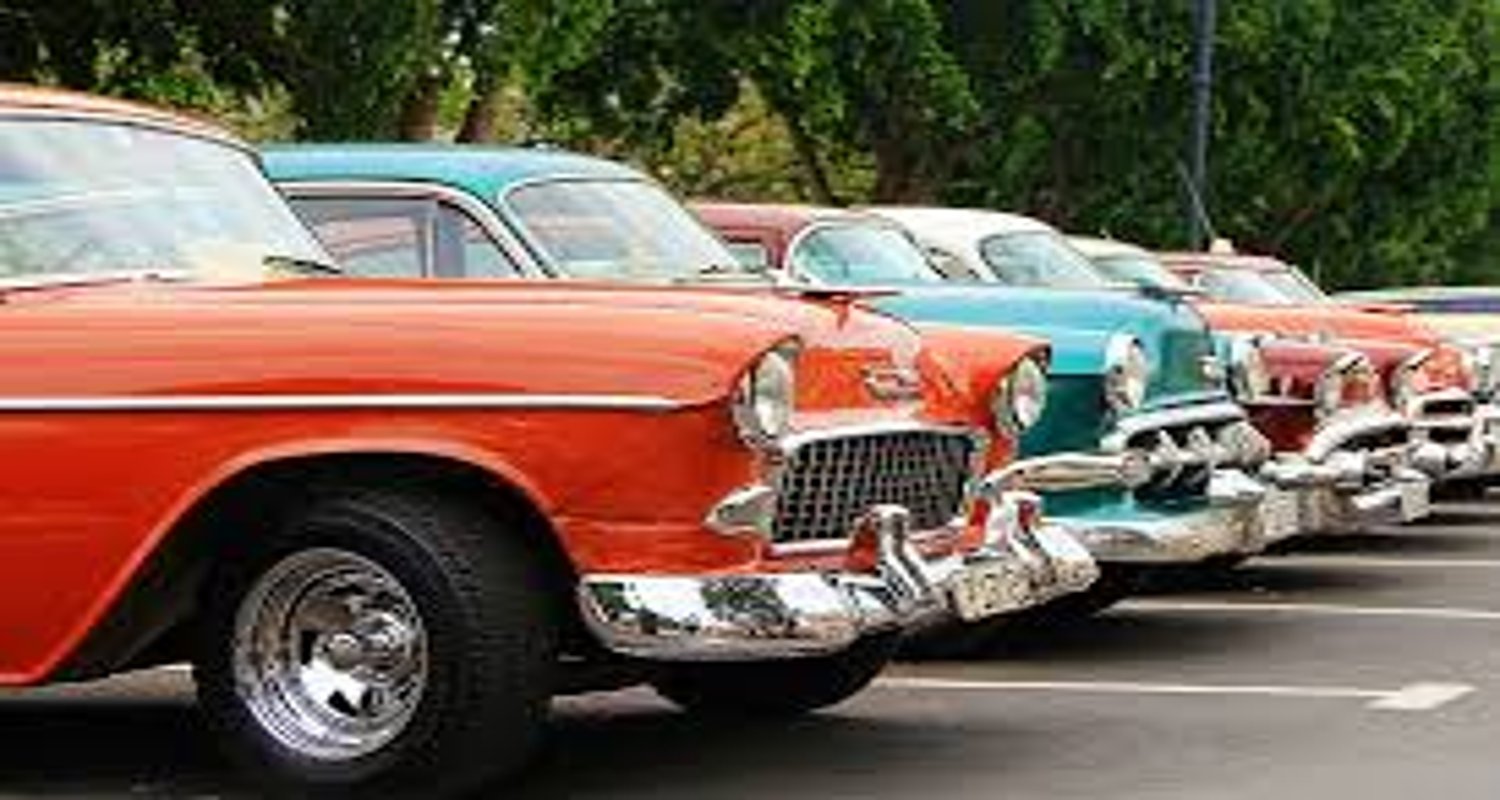India’s End-of-Life Vehicles Rules, 2025
by GovernBetter Desk | 5 min read
ELVRules2025
VehicleScrapping
Under the new framework, vehicle producers are now obligated to take responsibility for scrapping end-of-life vehicles introduced into the Indian market.

The Ministry of Environment, Forest and Climate Change (MoEF&CC) has notified the Environment Protection (End-of-Life Vehicles) Rules, 2025 to regulate the environmentally sound disposal of old and unfit vehicles. Published on January 6, 2025, these rules introduce a structured framework based on Extended Producer Responsibility (EPR) and mandate specific targets for vehicle scrapping, ensuring a more sustainable approach to managing end-of-life vehicles.
Key Features of the End-of-Life Vehicles (ELV) Rules, 2025
-
Extended Producer Responsibility (EPR) Targets
Under the new framework, vehicle producers are now obligated to take responsibility for scrapping end-of-life vehicles introduced into the Indian market. The scrapping targets apply as follows:
-
Transport vehicles: Scrapping targets apply to vehicles introduced 15 years ago.
-
Non-transport vehicles: Targets apply to vehicles introduced 20 years ago.
-
This system ensures that manufacturers actively participate in the eco-friendly disposal of outdated vehicles.
-
Role of Registered Vehicle Scrapping Facilities (RVSFs)
The rules establish Registered Vehicle Scrapping Facilities (RVSFs) as the designated entities for processing end-of-life vehicles. These facilities must:
-
Accept unfit vehicles for disposal.
-
Perform depollution, dismantling, segregation, and scrapping activities.
-
Send recovered materials for recycling and refurbishment to authorized recyclers or co-processors.
-
Properly dispose of non-recyclable hazardous materials as per the Hazardous and Other Wastes (Management and Transboundary Movement) Rules, 2016.
-
Collection Centers and Vehicle Deposits
To streamline the process, producers must establish collection centers for end-of-life vehicles. Vehicle owners or bulk consumers are required to deposit their vehicles within 180 days from the time they become unfit.
-
Regulatory Oversight and Compliance
The Central Pollution Control Board (CPCB) and State Pollution Control Boards (SPCBs) have been tasked with monitoring compliance. Their responsibilities include:
-
Conducting periodic inspections of vehicle manufacturers and RVSFs.
-
Suspending or canceling registrations in case of non-compliance.
-
Imposing environmental compensation for failure to meet disposal requirements.
-
To ensure accountability, manufacturers, bulk consumers, and RVSFs must file regular compliance reports on a centralized online portal.
Government Initiatives to Strengthen Vehicle Scrapping
In addition to the ELV Rules, 2025, the Ministry of Road Transport and Highways (MoRTH) has implemented the Vehicle Scrapping Policy to eliminate unfit and polluting vehicles. As of January 2025, 84 RVSFs are operational across India.
Key Regulatory Measures by MoRTH
-
Motor Vehicles (Registration and Functions of Vehicle Scrapping Facility) Rules, 2021: Governs the registration, operation, and audit of scrapping facilities.
-
Central Motor Vehicles (23rd Amendment) Rules, 2021: Provides waivers on registration fees for buyers who submit a scrapping certificate.
-
Central Motor Vehicles (24th Amendment) Rules, 2021: Offers motor tax concessions of:
-
25% for non-transport vehicles.
-
15% for transport vehicles.
Promoting Green Mobility: Incentives for Electric Vehicles
The government is also incentivizing electric and alternative fuel vehicles to reduce the environmental footprint of transportation. Key measures include:
-
Exemptions from permits and fees for battery-operated and ethanol/methanol-based transport.
-
Green registration plates to differentiate eco-friendly vehicles.
-
Nationwide tourist permits for electric vehicles without additional permit fees.
PM E-DRIVE Scheme for Electric Vehicles
To accelerate electric mobility, the PM Electric Drive Revolution in Innovative Vehicle Enhancement (PM E-DRIVE) Scheme was launched on September 29, 2024. With a budget of ₹10,900 crore over two years, the scheme provides:
-
₹3,679 crore in subsidies for electric two-wheelers (e-2Ws), three-wheelers (e-3Ws), ambulances, trucks, and buses.
-
Support for 24.79 lakh e-2Ws, 3.16 lakh e-3Ws, and 14,028 e-buses.
Conclusion
The End-of-Life Vehicles Rules, 2025, in conjunction with MoRTH’s vehicle scrapping initiatives and green mobility policies, mark a major shift towards sustainable vehicle management in India. By introducing EPR obligations, scrapping incentives, and electric vehicle subsidies, the government aims to reduce vehicular pollution, improve recycling efficiency, and promote cleaner transportation.
However, successful implementation will require effective enforcement, infrastructure expansion, and greater awareness among vehicle owners. With strict compliance monitoring and industry cooperation, India’s push towards environmentally responsible vehicle disposal and sustainable mobility could serve as a global model for green transportation policies.
Contact Us. We'd love to hear from you!

GovernBetter
An unconventional governance innovation lab, working at the intersection of policies, data and impact collaborating with governments, civil society, academia and international organization to strengthen democratic institutions, improve service delivery, and make public policy more transparent, inclusive, and effective with specific focus on emerging technologies.
Quick Links
Copyright © GovernBetter 2025